Name Janos Starker | Role Musical Artist | |
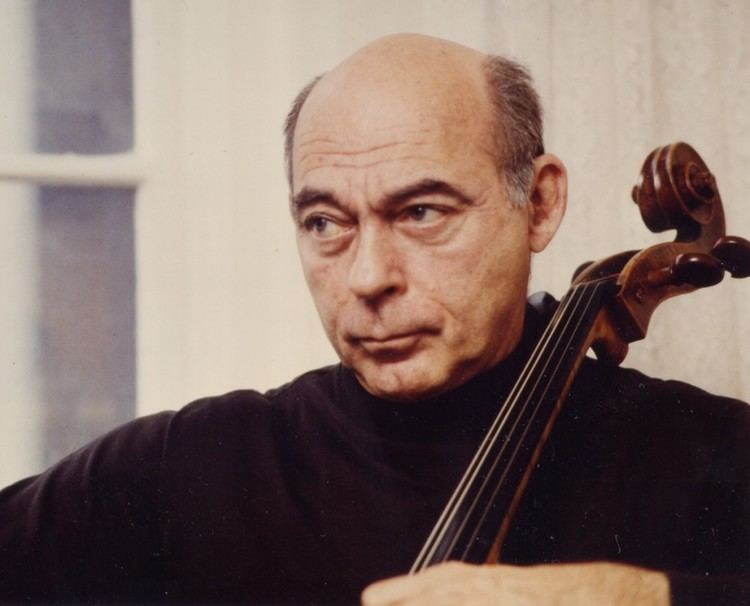 | ||
Albums Suites for Solo Cello, Starker plays Kodaly, Starker Encore Album, Brahms / Mendelssohn: Cello Son, The Road to Cello Playing | ||
Janos starker indiana spotlight the weekly special
János Starker /ˈstɑːrkər/ (July 5, 1924 – April 28, 2013) was a Hungarian-American cellist. From 1958 until his death, he taught at the Indiana University Jacobs School of Music, where he held the title of Distinguished Professor.
Contents
- Janos starker indiana spotlight the weekly special
- Remembering george jones francois jacob janos starker
- Child prodigy
- Professional career
- Recorded repertoire
- Cellos
- Reviews and published works
- Playing style
- Personal habits
- Citations
- Songs
- References
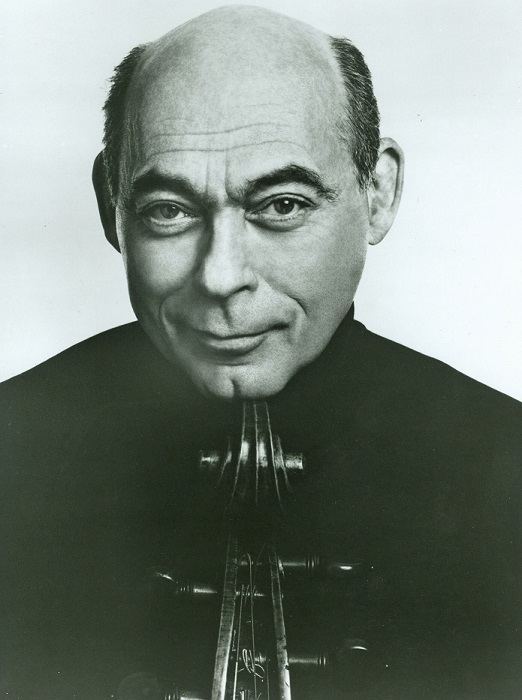
Remembering george jones francois jacob janos starker
Child prodigy
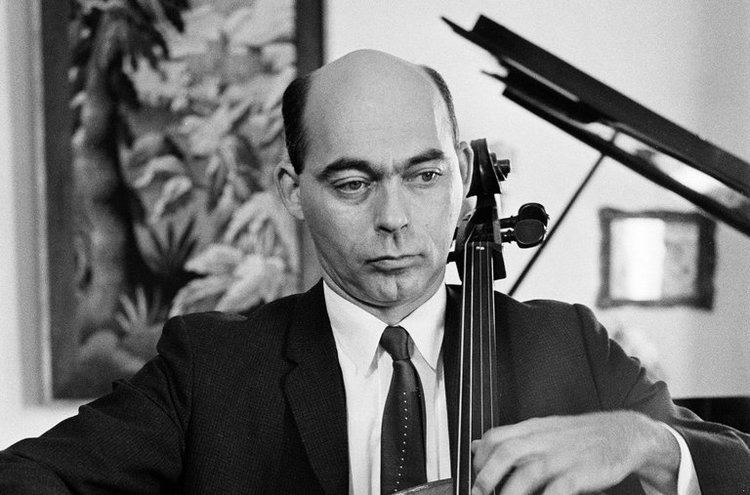
Starker was born in Budapest to a father of Polish descent and a mother who had immigrated from Ukraine, both Jewish. His two older brothers were violinists, and the young János (named for the hospital in which he was born) was given a cello before his sixth birthday. A child prodigy, Starker made his first public performances at ages six and seven. He entered the Franz Liszt Academy of Music in Budapest to study with Adolf Schiffer and made his debut there at age 11. Starker began teaching other children at age eight, and by the time he was 12, he had five pupils. Starker counted among his strongest influences Leo Weiner, a composer who taught chamber music. Zoltán Kodály, Béla Bartók and Ernő Dohnányi were also members of the Liszt Academy faculty. In his autobiography, Starker says that at the age of 13 he played Dohnányi's Konzertstuck for Cello for the composer (who was then the director of the Academy), who accompanied him at the piano.
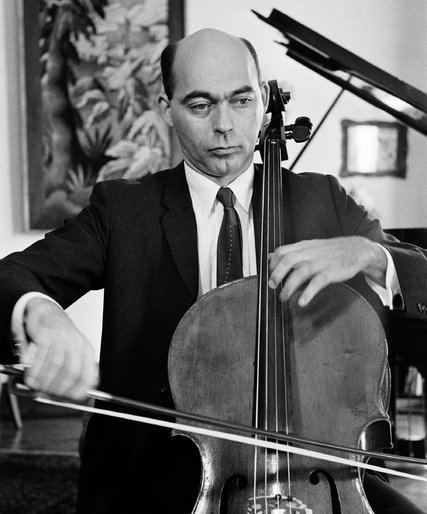
Starker made his professional debut at age 14, playing the Dvořák concerto with three hours' notice when the originally scheduled soloist was unable to play. He left the Liszt Academy in 1939 and spent most of the war in Budapest. Because of his youth, Starker escaped the tragic fate of his older brothers, who were pressed into forced labor and eventually murdered by the Nazis. Starker nevertheless spent three months in a Nazi internment camp.
Professional career

After the war, Starker became principal cellist of the Budapest Opera and the Budapest Philharmonic Orchestras. Starker, who had never been granted Hungarian citizenship, left the Soviet-occupied country in 1946.
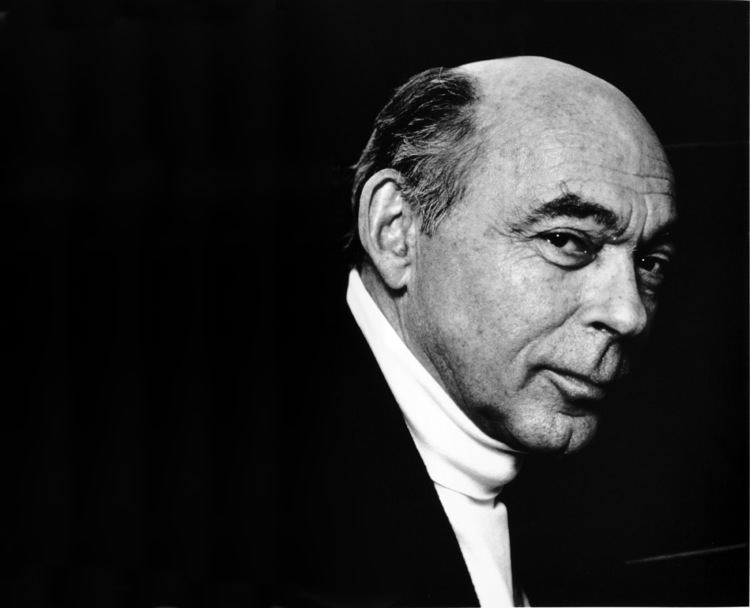
He gave a successful concert in Vienna, then remained there to prepare for the Geneva Cello Competition, held in October 1946. He lost to his student, Eva Janzer.
After observing a horrific concert by the former child prodigy Yehudi Menuhin, Starker had an epiphany. He describes himself as becoming physically ill from the realization that he had little idea how he really played the cello from a technical standpoint. "I played like a blind man," he has said. "What happens to the bird who flies and doesn't know how it flies? That's what happens to child prodigies." Starker spent a year analyzing all aspects of his technique. By October of the following year, he had regained his confidence. His studies and exercises he wrote for his friend George Bekefi ultimately resulted in his famous essay and published cello method, "An Organized Method of String Playing".
Starker, still in visa limbo, went from Geneva to Paris, where he spent a year. There he made his first recording of Kodaly's monumental Solo Cello Sonata, Op. 8, a work which some people considered technically unplayable before that time. The recording earned him the Grand Prix du Disque and cemented his fame. He went on to make three more recordings of the work.
Starker emigrated to the United States in 1948 to become principal cellist of the Dallas Symphony Orchestra under Antal Doráti. In 1949, he moved to New York City to become principal cellist of the Metropolitan Opera under Fritz Reiner. It was in New York that Starker made the first of his acclaimed recordings of the Bach Cello Suites. Starker's technical mastery led some to suspect, incorrectly, that the recordings were electronically altered; his experiments with microphone placement and recording techniques drew the attention of engineers at MIT.
In 1953, Starker became principal cellist of the Chicago Symphony Orchestra when Fritz Reiner became the music director. In 1958, Starker moved to Bloomington, Indiana, where he settled for the rest of his life. At the Indiana University Jacobs School of Music he became a professor and resumed his solo career, giving thousands of concerts on every continent.
Since 2005, Starker had limited his activities to teaching, master classes and occasional performances with his longtime partner, the pianist Shigeo Neriki, and his son-in-law, daughter and granddaughter, violinists William, Gwen, and Alexandra Preucil. In his late years, he still actively taught and viewed teaching as his responsibility to the next generation of cellists. Former students of Starker's include: Jesús Castro-Balbi (Associate Professor of Cello at Texas Christian University), David Szepessy, Tsuyoshi Tsutsumi; Maria Kliegel; Paul Katz; Gary Hoffman; Kathy Kee (formerly of the Atlanta Symphony Orchestra); Laurien Laufman (Former cello professor at the University of Illinois); Chih-Hui Chang, Doron Toister (principal cellist of the Israeli Rishon Lezion Symphony Orchestra), Felix Fan; David Shamban; Anthony Elliott; Jules Eskin (principal cellist of the Boston Symphony Orchestra),; Nella Hunkins (Principal Cellist of the Singapore Symphony Orchestra); Sebastian Toettcher (Hollywood motion picture A-List); Damián Martinez,; Pamela Smits; Elizabeth Simkin (Professor of Cello at Ithaca College Conservatory); Emilio Colón (cello professor at Indiana University), Hilary Glen; Dennis Parker (a cellist virtuoso and pedagogue, who has recorded all Popper Etudes on DVD entitled The Popper Manifesto [1]); Mark (Principal Cellist of the Cleveland Orchestra) and Paula Kosower; Brant Taylor (cellist in Chicago Symphony Orchestra and the Everest Quartet, faculty at DePaul University); Regina Mushabac ( also a former Starker teaching assistant); David Premo ( the associate Principal Cellist of the Pittsburgh Symphony Orchestra); Marc Coppey; Alan Harris (Professor of cello at the Eastman School of Music); Rafael Figueroa (the Principal Cellist of the Metropolitan Opera Orchestra); Susan Seligman (the Principal Cellist of the Hudson Valley Philharmonic); Joyce Geeting (soloist and teacher of young pupils at California Lutheran University in Southern California); Lubomir Georgiev (principal cello of the Sacramento Symphony and later professor of cello at Florida State University); John Haines-Eitzen (Professor of Cello at Cornell University); Hamilton Cheifetz (Professor of Music at Portland State University and founding member of the Florestan Trio); Marc Johnson (cellist of the Vermeer Quartet); Merry Peckham (cellist of the Cavani String Quartet, faculty at Cleveland Institute of Music); Mihaly Virizlay (late Principal Cellist Emeritus of the Baltimore Symphony Orchestra); Jakob Ludwig (Second Principal Cellist of La Scala Theatre in Milan) and Robert K. Dodson, member of the Vaghy String Quartet and leader of music academia (Royal Conservatory of Music, Lawrence University, Oberlin College, New England Conservatory, Southern Methodest University, and Boston University).
Recorded repertoire
One of the most recorded cellists in the world, Starker made over 150 recordings of virtually the entire cello literature. He recorded the Bach solo cello suites five times, most recently for RCA Victor Red Seal in 1992 for which he won a Grammy Award. He was also nominated for a Grammy Award for his 1990 recording of the extremely demanding works of David Popper. He had concerti written for him by David Baker, Antal Doráti, Bernhard Heiden, Jean Martinon, Miklós Rózsa, and Robert Starer. He twice recorded the Konzertstück for Cello and Orchestra by Ernő Dohnányi, the work he had played at age 13 with the composer: first, in 1956/57, with the Philharmonia Orchestra led by Walter Susskind, and the composer in attendance for all sessions (the composer was "angry" that the producer, Walter Legge, had insisted on cutting "the orchestra tutti at the start of part three" ); and second, without cuts, with the Seattle Symphony Orchestra led by Gerard Schwarz in 1990.
Cellos
From 1950 to 1965, Starker played and recorded on the Lord Aylesford Stradivarius, the largest instrument made by Antonio Stradivarius. In 1965 Starker acquired a Matteo Goffriller cello believed to have been made in Venice in 1705; known previously as the "Ivor James Goffriller" cello, Starker renamed it for its certification as "The Star" cello.
Reviews and published works
Many documentaries, articles in magazines, and newspaper stories have acknowledged János Starker's virtuosity. He published numerous books and musical scores through Peer International, Schirmer, and International Music. His autobiography, The World of Music According to Starker, was published in 2004 by Indiana University Press.
Playing style
Starker's playing style was intense and involved great technical mastery. According to some of his students, his technique revolved around long, legato notes, with very little shifting noise from his left hand, resulting in smooth, pure tones, "each note sounding like a jewel." Starker himself described his sound as "centered" and "focused." He was known for his ability to produce an extremely wide range of sounds and tone shading. He eschewed the wide vibrato favored by some of his peers—which he viewed as a cover for poor intonation—and was known for his patrician stage presence, preferring to let the music do the emoting. He quoted his long-time friend and colleague, György Sebők, who said, "Create excitement. Don't get excited."
Personal habits
Starker was a lifelong smoker with a sixty-cigarette-per-day habit. He also drank copious amounts of scotch whiskey. He once refused to perform a concert in Columbia, SC that he was supposed to play because he was not allowed to smoke his "pre-concert cigarette" backstage.
Citations
Songs
Kol Nidrei - op 47
Hungarian Rhapsodie - Op 68
Sicilienne
